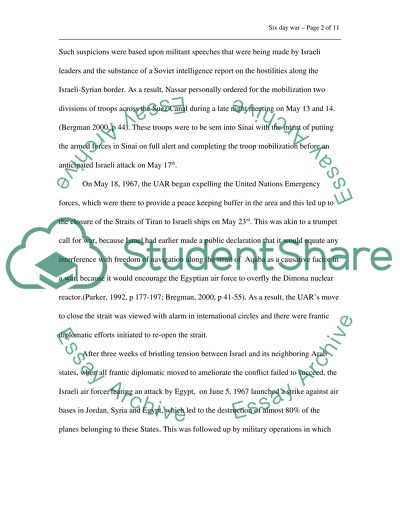Cite this document
(“The six day war israel against the arab states Essay”, n.d.)
The six day war israel against the arab states Essay. Retrieved from https://studentshare.org/miscellaneous/1542588-the-six-day-war-israel-against-the-arab-states
The six day war israel against the arab states Essay. Retrieved from https://studentshare.org/miscellaneous/1542588-the-six-day-war-israel-against-the-arab-states
(The Six Day War Israel Against the Arab States Essay)
The Six Day War Israel Against the Arab States Essay. https://studentshare.org/miscellaneous/1542588-the-six-day-war-israel-against-the-arab-states.
The Six Day War Israel Against the Arab States Essay. https://studentshare.org/miscellaneous/1542588-the-six-day-war-israel-against-the-arab-states.
“The Six Day War Israel Against the Arab States Essay”, n.d. https://studentshare.org/miscellaneous/1542588-the-six-day-war-israel-against-the-arab-states.


